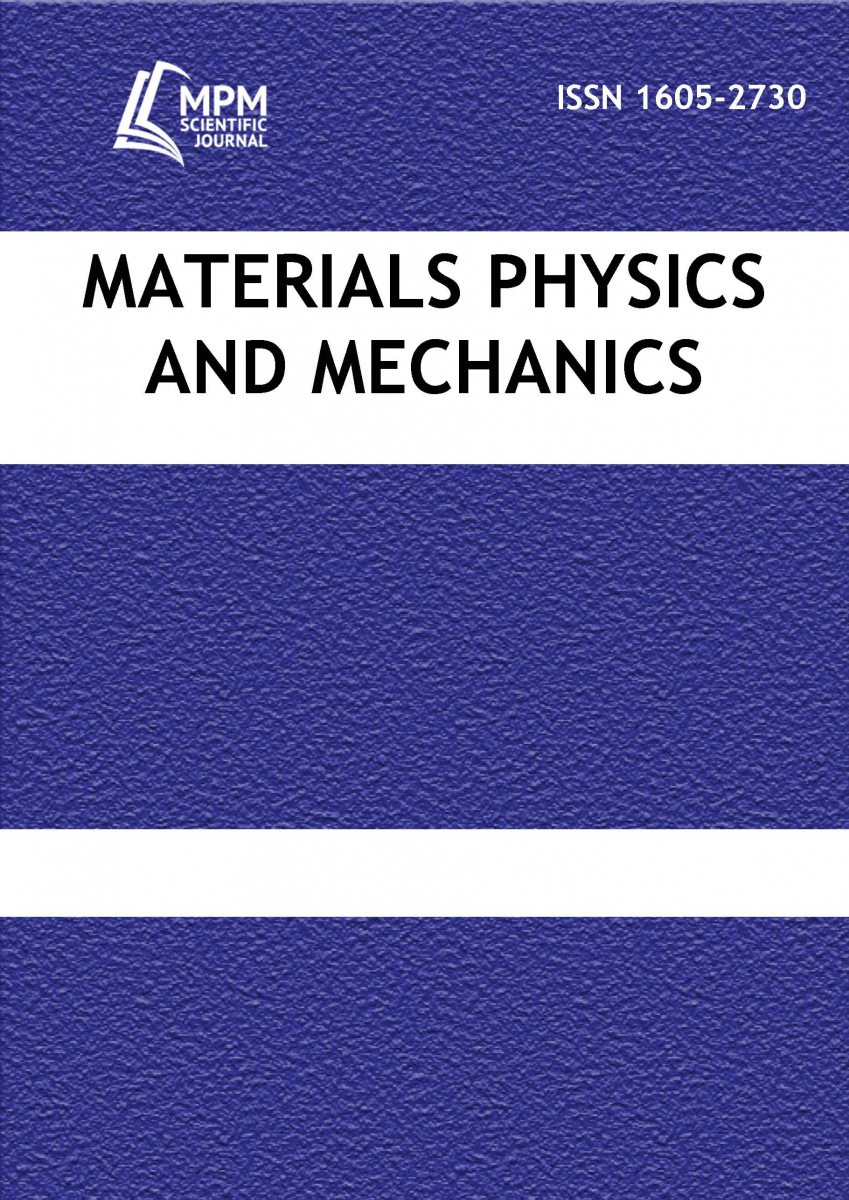Molecular-dynamics Simulation of Processes in 3-D Solid Explosives
An important fundamental problem is the study of processes in reacting condensed media and, in particular, the study of detonation phenomena in solid explosives. Experimental studies of chemical reactions and the structure of detonation and shock waves (including that at the micro- and mesoscale) face significant difficulties caused, first, by high intensity of these waves and, second, by the scales of these phenomena in time (nanoseconds) and space (from 10 to 100 ◦ A). At the moment, there is no rigorous kinetic theory of phenomena in solid explosives in the presence of chemical reactions. In this connection, the molecular-dynamics method remains the only adequate research tool that allows one to resolve the fine spatial structure of wave phenomena in such systems and provides the most exhaustive information about them (a set of generalized coordinates and momenta of all atoms). These data, if adequately averaged over mesoscale volumes in which local thermodynamic equilibrium is assumed, should yield continuum-approach parameters. This offers a means for verification of the applicability of main conservation equations, written either in the most general integral form or in the stationary form for the entire computation domain (including the undisturbed region of the crystal, the reacting zone, and the detonation products), to detonating solid explosives [1]. Also of considerable interest is comparison of molecular-dynamics data with the predictions of the continuum theory of detonation, including verification of the Chapman-Jouguet condition. It is the detailed examination of this point that the present work is aimed at. As the physical system, we consider a three-dimensional hypothetical molecular crystal in which exothermic reactions are possible. The reaction was initiated by an impulse of an external force applied to the left side of the crystal and acting on it during a certain time interval, τc = 2·10−13 s. In the numerical experiment, the crystal was placed in an adiabatic shell that restricted the dispersion of detonation products in the plane normal to the propagation direction of the detonation wave. This variant is of interest because it makes it possible to reduce the three-dimensional problem in its present formulation to a one-dimensional problem of the continuum theory of detonation.


